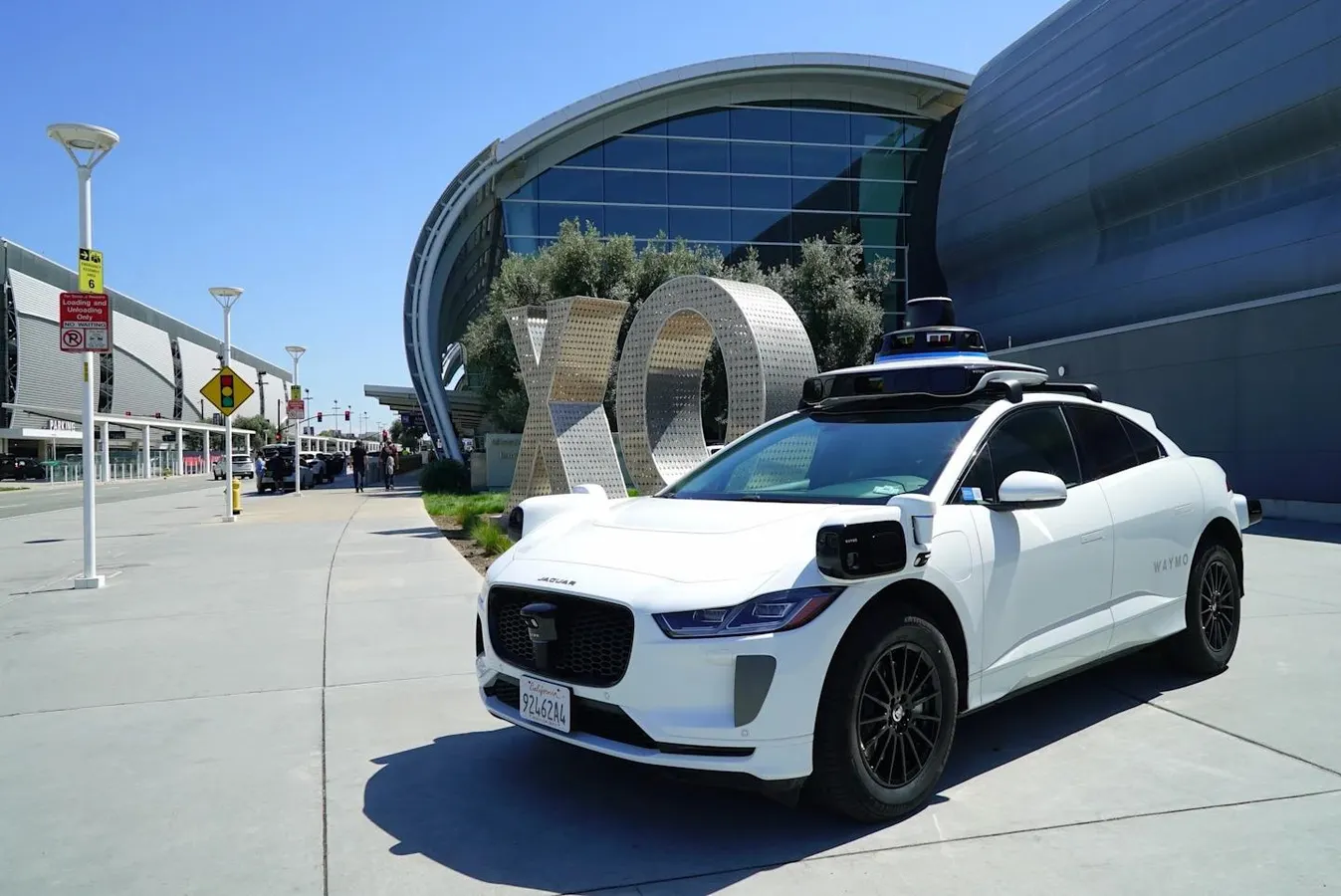By Brad Templeton,Senior Contributor
Copyright forbes

Waymo vehicle poses at SJC airport in San Jose
Waymo has announced it has reached an agreement with San Francisco SFO airport to carry passengers for money. The pilot will be quite modest, including safety drivers in the vehicle, and serving the “kiss and fly” station on the airport AirTrain, which can be a 20 minute trip to the terminal. Later, they will have lesser supervision in the vehicle and eventually full robotaxi rides. Waymo also hopes to soon be able to serve better locations for pick-up/drop-off.
Waymo also recently got permission to go to SJC airport (though it does not currently serve the area around it) and San Carlos (which is mostly general aviation.) Service is expected later this year. Waymo has been serving PHX airport in Phoenix for some time, starting at their people mover station, but quickly moving to doing PuDo at the curb like passengers want.
Waymo vehicles are being spotted in more and more places (including my own neighborhood) suggesting Waymo plans to expand its Bay Area services soon. Serving SFO and SJC also likely means deployment on freeways. Waymos have been driving freeways with no safety driver for some time now, but service is limited to Alphabet employees and empty vehicles. While it’s possible to get to the SFO AirTrain and SJC without going on the freeway, it’s not a desired route for many.
The use of the SFO Airtrain stop is particularly disappointing. This monorail system has had over $1 billion spent on it with 3 miles of service area. It seems free to riders, but rental car customers have $20 added to their rental to pay for that short ride, making it one of the most expensive transit rides anywhere. The loop takes 25 minutes, and you may wait 6 minutes for a train, making a bad situation for somebody rushing to a flight. It’s definitely a 3rd class place to be dropped off or picked up. It’s fine for a temporary test, but as a general principle, robotaxis should be given first class status at airports, not last place. Airports have notoriously given Uber style services less access than traditional taxis, acting against the interest of airport passengers who want those services.
Robotaxis deserve top access because they can promise to rigidly follow rules and have perfect behaviour. In addition, if things are done right, robotaxis have the easier time in arranging to do a pick-up at the same time as a drop-off. That’s a huge deal, because the robotaxis then move twice as many passengers per car. Private never take people in and out, and even cabs and Ubers rarely do the double PuDo (though they sometimes do.) The human drivers serving airports need to be treated fairly, and that often means that after dropping of one passenger, they have to get in a cab line or go to a waiting lot, to wait their turn for a pick-up. Robotaxis don’t care about what’s fair, just what’s efficient.
MORE FOR YOU
A Waymo at Phoenix Airport
With Waymo’s dedicated app, they can track the locations of arriving passengers and confirm their ready-to-leave status. They can then be directed to a location (possibly on a different floor) where a car will arrive to drop-off passengers, cutting the airport traffic in half. Airports are usually designed with different lanes (sometimes on two floors) for arrivals and departures but the best approach for taxis is to do both at once, something apps allow but old taxi lines did not. At SFO, all cars can drop-off at the departures curb, but taxi pickups go to the taxi line and Ubers must pick up on the top floor of the central parking structure. (Higher priced rides can pick up at the arrivals curb.) That’s the 20th century approach, before everybody had a mobile app that can arrange rides, give instructions and track locations.
Drop-off zones are often quite chaotic. Some airports charge a fee, £7 for 10 minutes here, even to private cars, to reduce congestion and raise revenue.
Geography Photos/Universal Images Group via Getty Images
It’s also possible, when airports are extra congested, to have vehicles take unrelated groups of passengers in a ride-pool, if they will fit. In the case of Waymo, the fully loaded van can briefly stop next to empty vehicles somewhere along the common route of the passengers, for a quick transfer into a private vehicle for the last miles, saving everybody money and energy and cutting airport congestion even more. This is why airports should look at robotaxis as a savior, to be given first access, even ahead of private drivers, rather than things that get pushed to a kiss-and-fly station. Waymo will be paying the standard fees that TNC cars like Ubers pay, unlike private parties who don’t pay at most airports.
A future airport designed for robotaxis could offer very desired services, including special drop-off points with luggage-check (controlling the flow in) and access inside the terminal (these are all electric vehicles) for premium or low-mobility passengers. Most airport design has been done presuming drivers will be chaotic and won’t obey rules. That changes when they are robots.
Editorial StandardsReprints & Permissions



